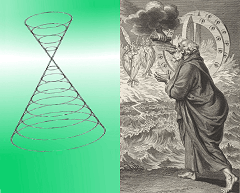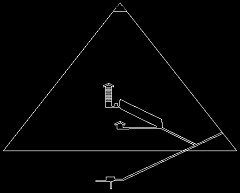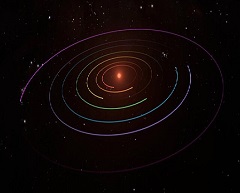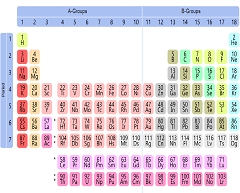Welcome to Science of The ONE!
Science of The ONE helps you recognize and learn about the law of cycles and the law of correspondences. These universal laws are keys to a deeper understanding of how ancient mysteries and modern sciences are intimately connected. Science of The ONE reveals secrets and until now unknown universal principles of these cosmic laws. They have been guarded by the adepts of the mystery schools for thousands of years.
To find out who is “The ONE” and what we do with this science, go to Who is The ONE page.
To see some examples of topics we study in Science of The ONE, scroll down or click here.
For our articles on these topics, see our Blog page.
For background information on us as founders of Science of The ONE, see our About page. You will also find a brief history on Damiaan´s discoveries.

Prophecy and the Law of Cycles
In this series we take you deep into the until now hidden workings behind the most fundamental law of the universe: the law of cycles. This law is absolutely foundational to divine law or cosmic law in all (inner) spiritual and (outer) material worlds. We explore the deeper meaning of the warp and woof of the cosmos grid. We briefly cover patterns and rhythms of cosmic cycles and cycles of life. However, we mostly focus on the close relationship between prophecy and the karmic cycles of our times. These times are also known as the end times.

Great Pyramid
We show how the various components (levels of chambers, etc) of the great pyramid represent specific examples of the law of cycles. We display these through diagrams of the (missing) capstone, passageways, subterranean chamber, queen’s chamber, grand gallery, ante chamber, king’s chamber, and the five hidden chambers. The great pyramid is an ideal matrix, an overall grid or framework of reference. This grid allows us to place, relate and integrate the components from all other topics (categories).

Temple of Man
The human skeleton, the hidden framework of the design for the Temple of Luxor, is another outstanding example of the law of cycles laid out in stone. Esoterically, the human body is also called “temple of being,” “temple of the Holy Ghost,” and “temple of the living God.” The pillars in the Temple of Luxor represent various cycles or levels, specifically the vertebrae of the spinal column and their corresponding nerve paths in the peripheral nervous system. We conclude this topic with integrating these levels in the grid of the great pyramid.

Solar System
Here we talk about inner and outer planets, distances between planets, destroyed planets, how the planets “size up” in pairs, the obvious parallels between planetary orbits and “shells/rings” of electrons in atoms, and how all this relates to the law of cycles and levels of the grid. We look into Kepler’s laws to determine the planets’ average speeds. As the speed of the electrons encircling the nucleus of an atom indicate the frequency band of that atom, so the speed of a planet encircling the sun is directly related to the overall frequency band of that planet.

Periodic System
The frequencies of the elements are inversely proportional to their atomic weights. We calculate the average atomic weight for each of the two main groups A and B in each period (10 A-group elements and 8 B-group elements). Comparing the inverse proportions of these average weights with the speeds (frequencies) of the planets, we discover that their proportions are very close or identical. In other words, each group of 8 or 10 elements in the periodic system corresponds with a planet in the solar system! We’ll clarify all this by showing how all the cycles of the elements relate to the grid.

Tones & Colors
Until now, Pythagoras’ and Kepler’s ideas about the harmony/music of the spheres have remained a philosophical and metaphysical concept. However, with our discovered correspondences between frequencies of planets and average frequencies of groups of elements we can now quantify this concept. We find the proportion of a musical third (a cycle of 5 half tones) between the frequencies of consecutive planets as well as consecutive groups of elements! We will integrate this and other information, such as the brainwave frequencies and corresponding colors of the light spectrum.
